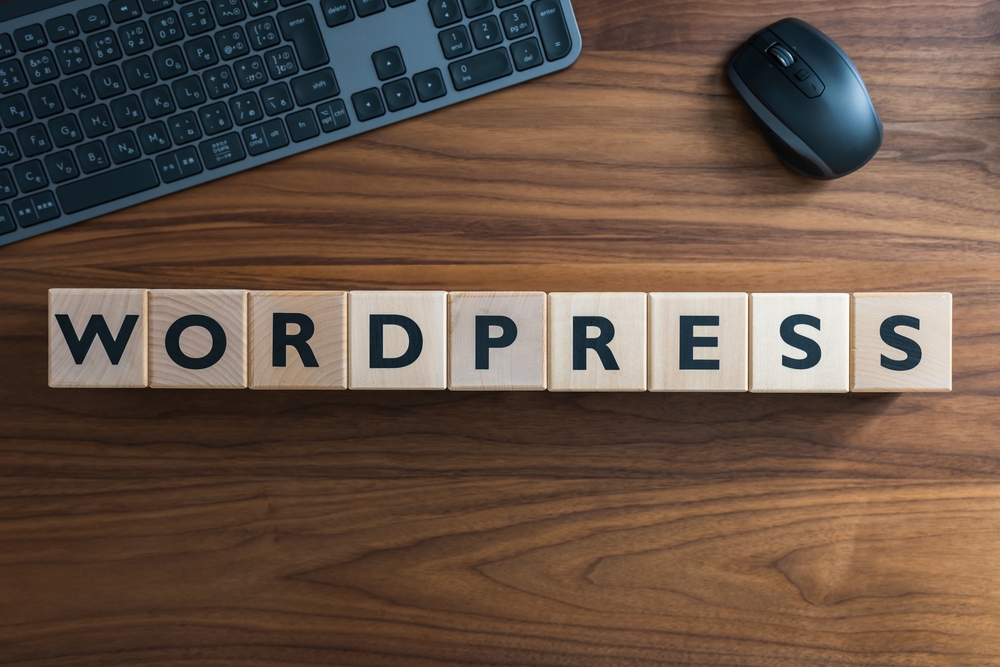
WordPress has become one of the most popular content management systems for creating and managing websites. Its ease of use, versatility, and vast customization options make it an ideal choice for individuals and businesses alike. In this guide, we will explore the top tips and tricks for customizing and maintaining your WordPress (or WP) website, allowing you to make the most out of this powerful platform.
1. Choose a Custom Theme
One of the first steps in customizing your WordPress website is selecting a custom theme. WordPress (the platform for bloggers) offers a wide range of free and premium themes that you can choose from. Consider the purpose and branding requirements of your website when selecting a theme. Look for a design that aligns with your vision and provides the necessary features and functionalities.
Custom themes offer endless possibilities for design customization. You can change the color scheme, layout, fonts, and even add custom CSS to further enhance the appearance of your website. Take advantage of the customization options provided by your chosen theme to create a unique and visually appealing website.
2. Install Essential Plugins
Plugins are one of the key strengths of WordPress. They allow you to extend the functionality of your website with just a few clicks. There are thousands of plugins available in the WordPress (the blogging platform) Plugin Directory, catering to different needs and requirements. Identify the essential features you need for your website and search for relevant plugins to install.
Some must-have plugins for WordPress (WP) include a security plugin (to protect your website from potential threats), an SEO plugin (to optimize your website for search engines), a caching plugin (to improve website speed), and a backup plugin (to safeguard your website data). Regularly update and maintain the plugins to ensure compatibility and security.
3. Customize the Website Layout
WordPress allows you to customize and reorganize the layout of your website using widgets and menus. Widgets are modules that can be added to specific areas of your website such as the sidebar, footer, or header. They provide additional functionalities and content, such as a search bar, recent posts, or social media icons.
Menus, on the other hand, determine the navigation structure of your website. You can create custom menus and add or remove pages, categories, or custom links. Take advantage of these customizable elements to create a user-friendly and intuitive website layout.
4. Optimize Website Performance
Website performance plays a crucial role in user experience and search engine optimization. Slow-loading websites can be frustrating for visitors and may lead to a higher bounce rate. Improving website performance can be accomplished through various techniques.
Firstly, optimize your images by compressing them without compromising the visual quality. This can significantly reduce the load time of your pages. Additionally, leverage browser caching and enable Gzip compression to reduce the size of your website files. Minify your CSS and JavaScript files to remove unnecessary characters, increasing their load speed.
5. Regularly Backup Your Website
Regularly backing up your WordPress website is essential to protect your data in case of any unforeseen events or technical difficulties. There are numerous backup plugins available that offer automated backup solutions. Set up a backup schedule that suits your needs, whether daily, weekly, or monthly.
It is also recommended to store your backups securely in an off-site location or cloud storage. By doing so, you can restore your website easily in case of any data loss or website compromise.
FAQs:
1. How can I make my WordPress website more secure?
To enhance the security of your WordPress website, make sure to update WordPress core, themes, and plugins regularly. Use strong and unique passwords for your admin accounts and limit the number of login attempts. Additionally, consider installing a security plugin and adopting secure hosting practices.
2. How do I optimize my WordPress website for SEO?
There are various ways to optimize your WordPress website for search engines. Install an SEO plugin to help you optimize meta tags, sitemaps, and social sharing. Produce high-quality, original content and ensure your website is mobile-friendly. Additionally, build high-quality backlinks and optimize your website speed for better search engine rankings.
3. Can I change my WordPress theme after customization?
Yes, you can change your WordPress theme even after customization. However, it is important to note that switching themes may affect the appearance and functionality of your website. Before changing themes, make sure to take a backup of your website and thoroughly test the new theme on a staging environment to ensure a smooth transition.
4. How do I manage WordPress updates?
WordPress frequently releases updates to fix bugs, improve security, and introduce new features. To manage updates, regularly check for updates in your WordPress dashboard and update WordPress core, themes, and plugins accordingly. Before updating, it is recommended to take a backup of your website to avoid any potential compatibility issues.
5. How can I speed up my WordPress website?
To optimize the speed of your WordPress website, start by choosing a lightweight and well-coded theme. Compress and optimize your images, leverage browser caching, enable Gzip compression, and minify your CSS and JavaScript files. Additionally, use a caching plugin to store static versions of your website's pages and implement a content delivery network (CDN) for faster content delivery.
Other useful resources
- https://en.wikipedia.org/wiki/WordPress
- https://www.wordpress24plus.com/wordpress-tools-directory/
- https://www.wordpress24plus.com/services/